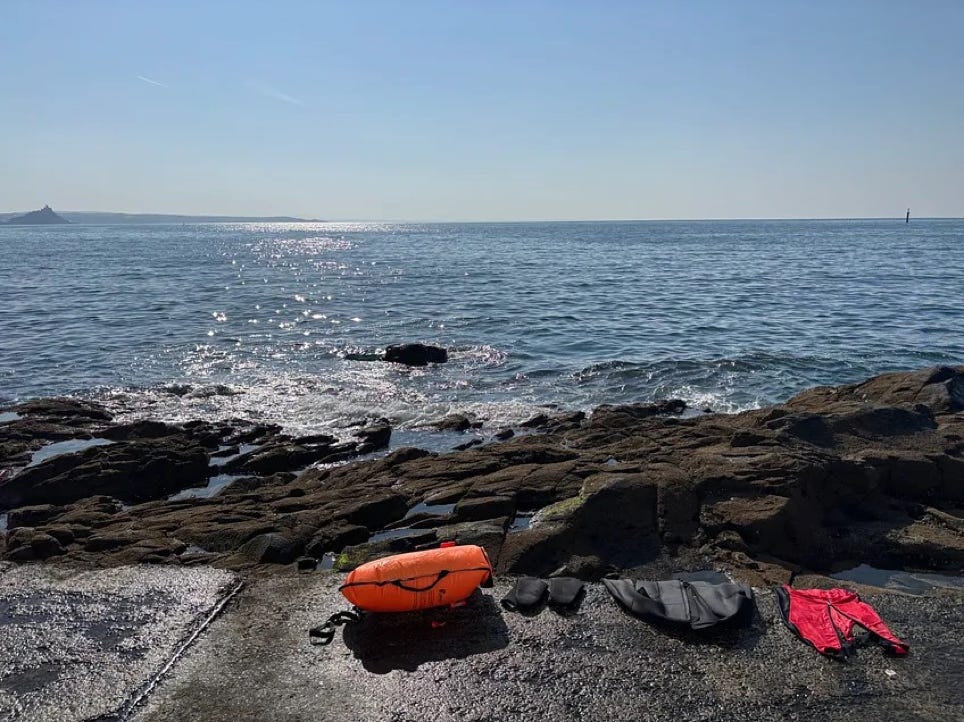Keeping in touch
An update from summer in Cornwall and the underwater world of maternity leave
There’s no AB testing a baby. There’s no mvp, pre-releases or bug fixes. You get one shot and the early years are some of the most important in its lifespan. So it makes sense I hold onto this job as long as I’m able to, and put everything I have into doing the best I can, even in some pretty challenging conditions.
Hello friends!
It’s a common practice i…


